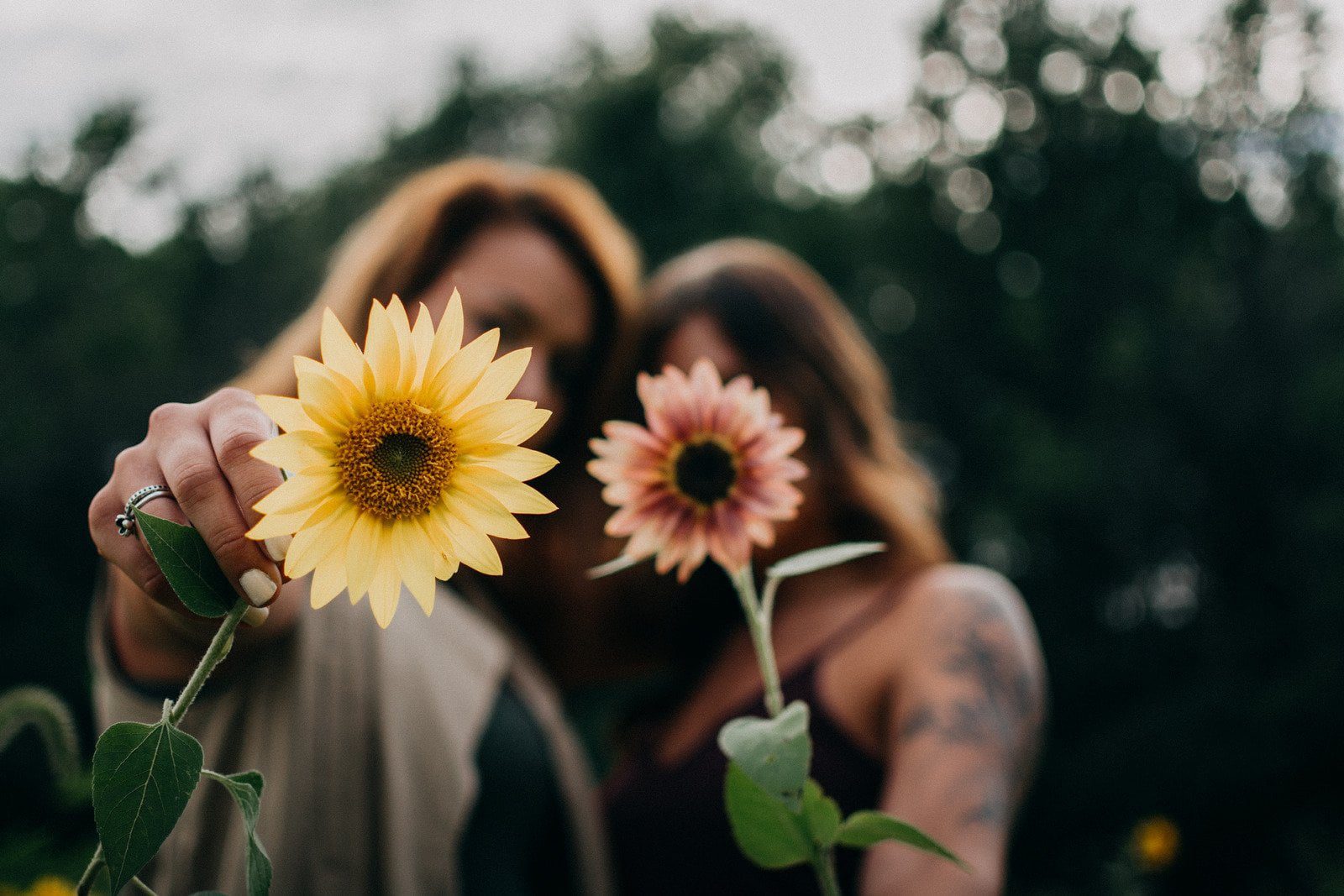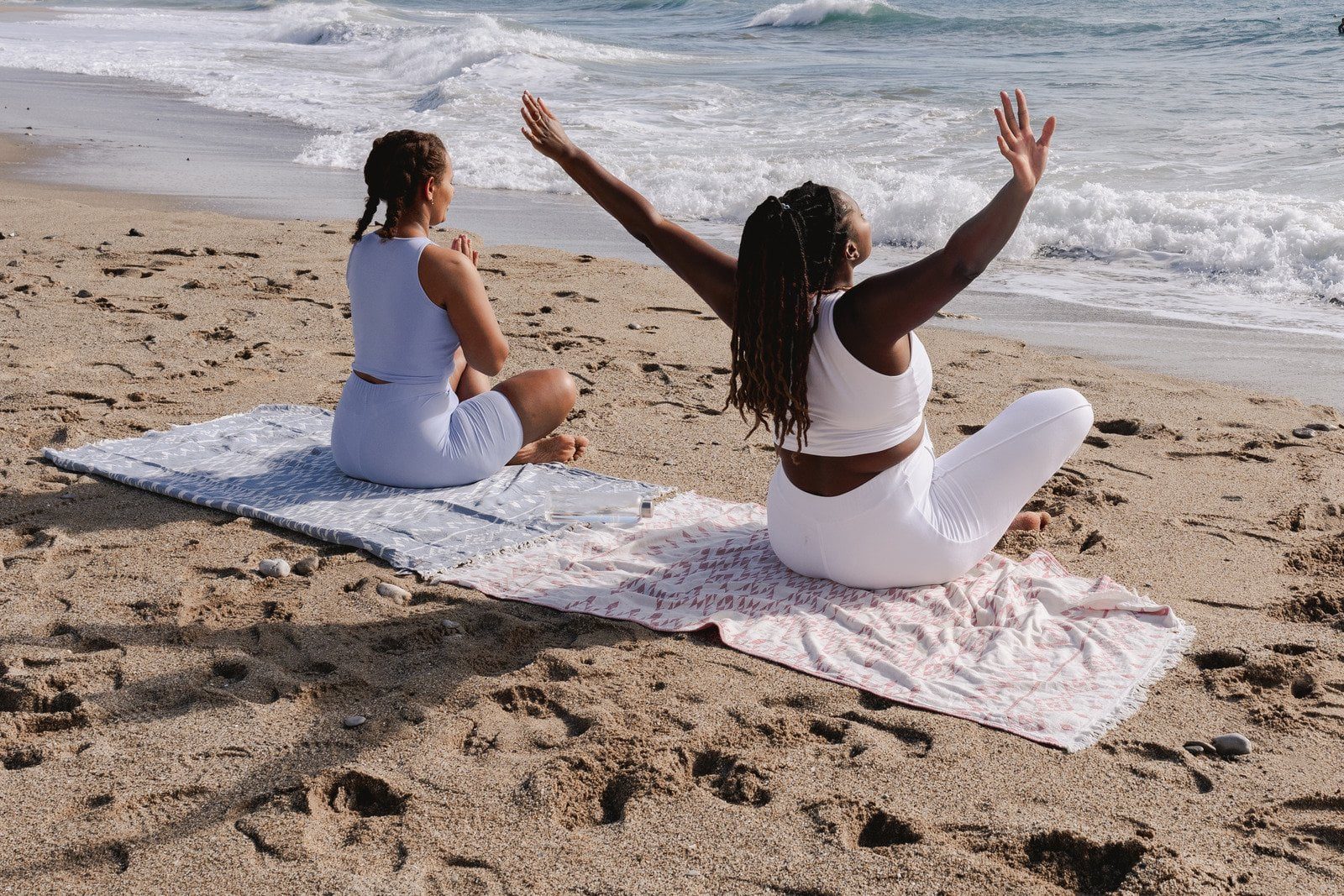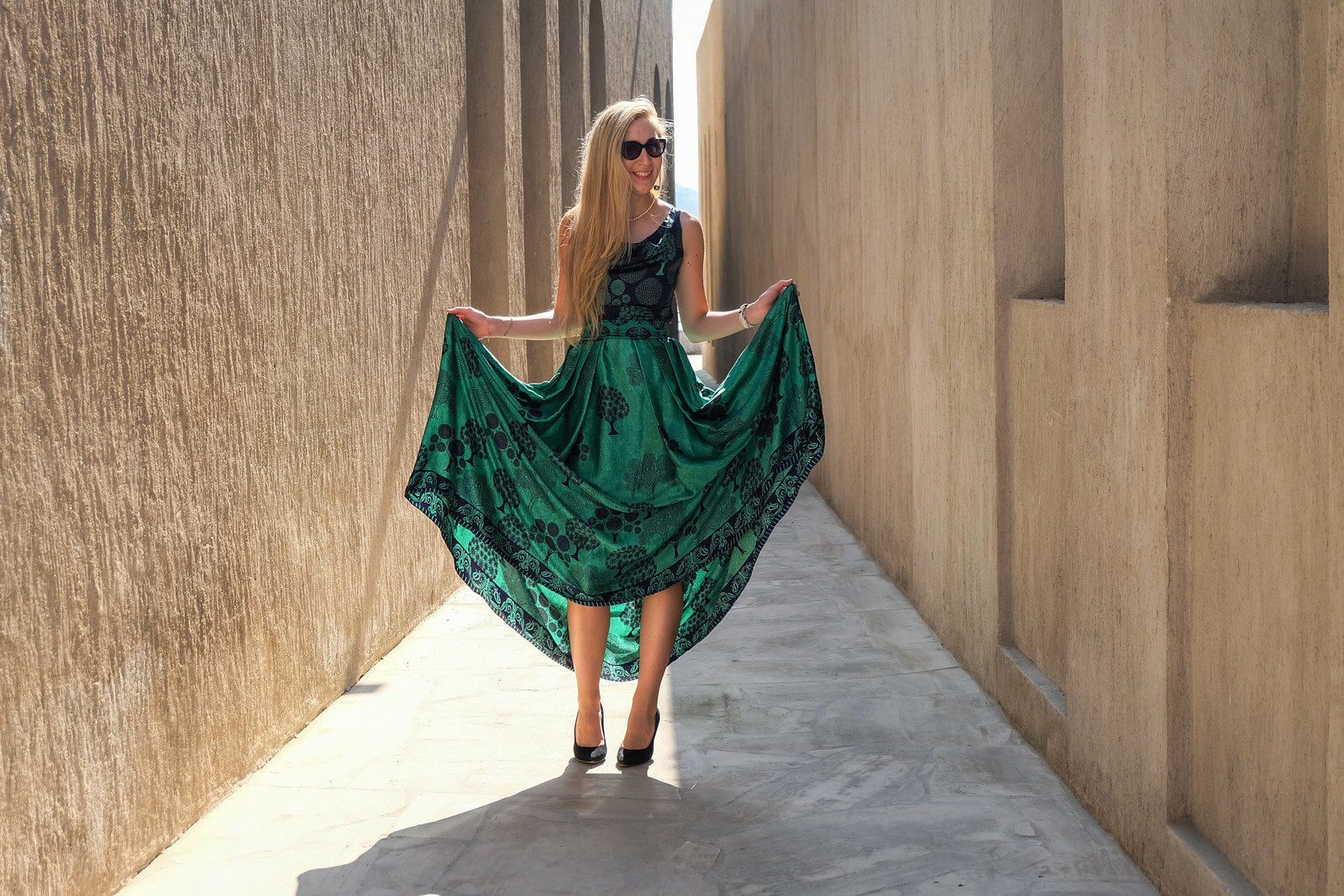Fast fashion’s fleeting trends and environmental impact have fueled a conscious consumer movement. Upcycling your wardrobe offers a sustainable and stylish alternative. This guide empowers you to unleash your inner artist and transform old clothes into unique, personalized pieces with DIY dyeing and distressing techniques. Get ready to breathe new life into your wardrobe and embrace a more sustainable approach to fashion!
Beyond the Mall: Unveiling the Power of Upcycled Fashion
Upcycling clothes isn’t just about saving money; it’s about creativity and self-expression. Here’s why upcycling your wardrobe is a powerful move:
- Sustainable Style: Upcycling reduces textile waste and your environmental footprint, contributing to a more sustainable fashion future.
- Unique Statements: Transforming old clothes allows you to create one-of-a-kind pieces that reflect your unique style and personality.
- Budget-Friendly Fashion: Upcycling is a cost-effective way to refresh your wardrobe without breaking the bank.
- The Thrill of Transformation: The process of upcycling is a creative outlet, allowing you to find joy in transforming something old into something new.
- Embracing Imperfections: Upcycled clothes celebrate individuality and imperfections, fostering a move away from the cookie-cutter styles of fast fashion.
Upcycling your wardrobe is a conscious choice that allows you to express yourself creatively while minimizing your environmental impact.
The Upcycling Arsenal: Essential Tools and Materials for DIY Dyeing and Distressing
Before diving into your creative transformation, gather the necessary tools. Here’s an upcycling essentials list:
- Fabric Dyes: Explore a variety of dyes like fabric paint, tie-dye kits, or natural dyes for an eco-friendly approach.
- Rubber Gloves: Protect your hands from dyes and chemicals.
- Rubber Bands or String: For creating tie-dye patterns.
- Buckets or Containers: For mixing dyes and soaking clothes.
- Safety Glasses: Protect your eyes when working with dyes and chemicals.
- Scissors and Seam Rippers: For distressing techniques like fraying or creating rips.
- Sandpaper or Pumice Stone: For creating a worn-in, distressed look.
- Bleach (Optional): For creating specific distressed effects, use bleach with caution and proper ventilation.
With these tools in hand, you’re ready to unleash your creativity and transform your wardrobe!
A Dye-lightful Transformation: Exploring Fabric Dyeing Techniques
Dyeing allows you to breathe new life into faded or unwanted clothes. Here are some popular techniques to explore:
- Solid Dyeing: This classic technique gives your garment a completely new, vibrant color. Experiment with bold hues or create a softer, pastel look.
- Tie-Dyeing: This playful technique creates psychedelic swirls and patterns, perfect for adding a touch of fun to your wardrobe.
- Dip Dyeing: Create a vibrant ombre effect by dipping the bottom portion of your garment into dye, allowing the color to gradually fade upwards.
- Spray Dyeing: This technique allows for targeted color application, creating unique patterns or adding pops of color to specific areas of your garment.
- Stencil Dyeing: Use stencils to create graphic designs or patterns on your clothes, adding a personalized touch.
No matter your skill level, there’s a dyeing technique waiting to be explored!
Distressed to Perfection: Mastering the Art of Clothes Distressing
Distressing adds a touch of lived-in character to your clothes. Here are some techniques to experiment with:
- Fraying: Carefully fray the hems or edges of your clothes using sandpaper or a seam ripper for a vintage-inspired look.
- Ripping: Create controlled rips and tears for an edgy or grunge aesthetic. Start small and gradually increase the size to achieve the desired effect.
- Whiskering: This technique creates faded lines around the seams of jeans or jackets for a worn-in look. Use sandpaper or a pumice stone for a subtle effect.
- Bleach Spots: Carefully apply diluted bleach to create a distressed, sun-bleached look. Remember, bleach can permanently damage fabric, so work in a well-ventilated area and test on a hidden area first.
- Sanding: Sand specific areas of your clothes to create a worn-in, faded effect. This technique works well on denim jackets, t-shirts, and jeans.
Distressing techniques add a touch of personality and individuality to your clothes. Remember, start slow and experiment to achieve the perfect distressed look.
Beyond the Basics: Combining Dyeing and Distressing Techniques for Unique Results
Don’t be afraid















